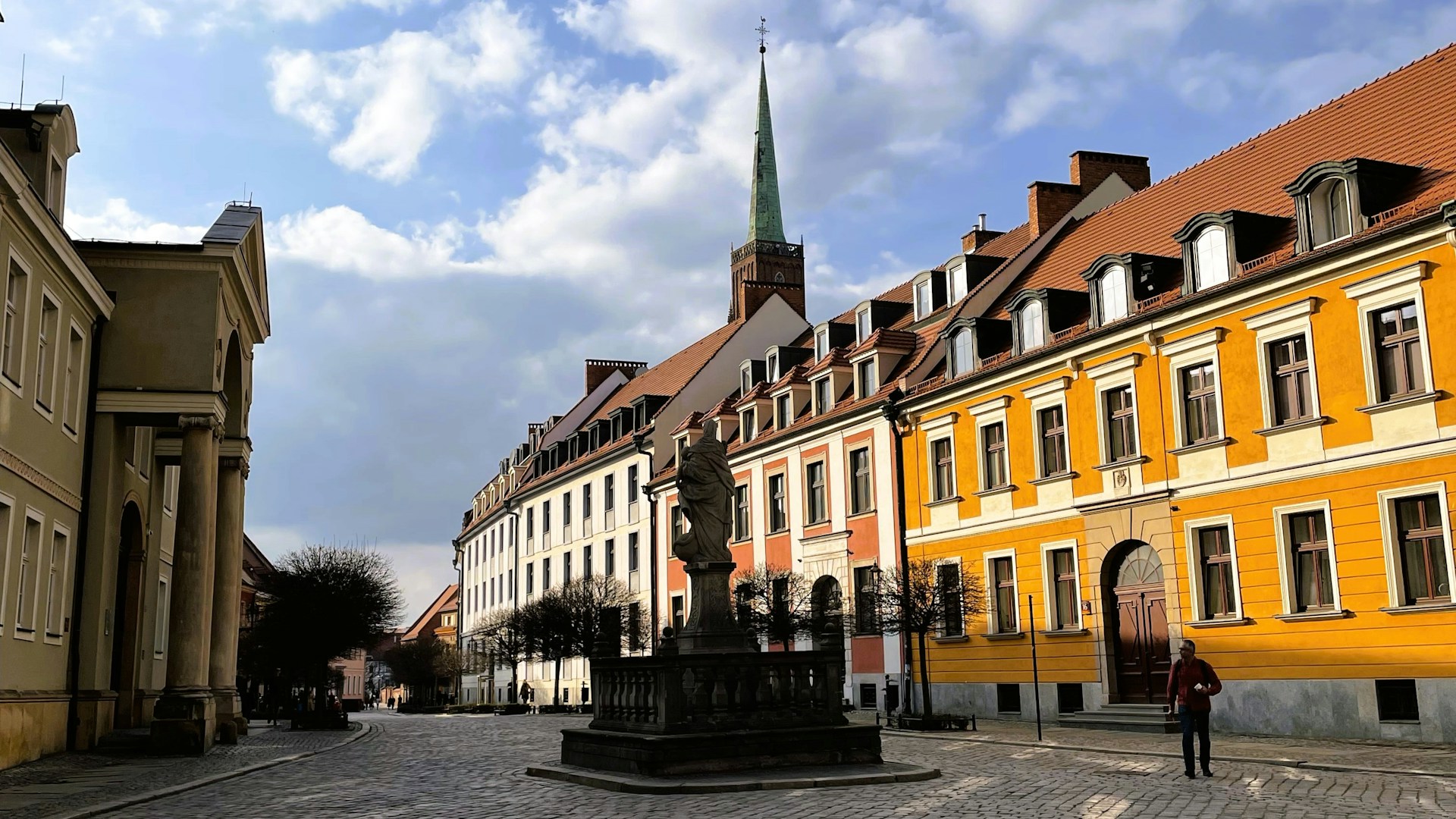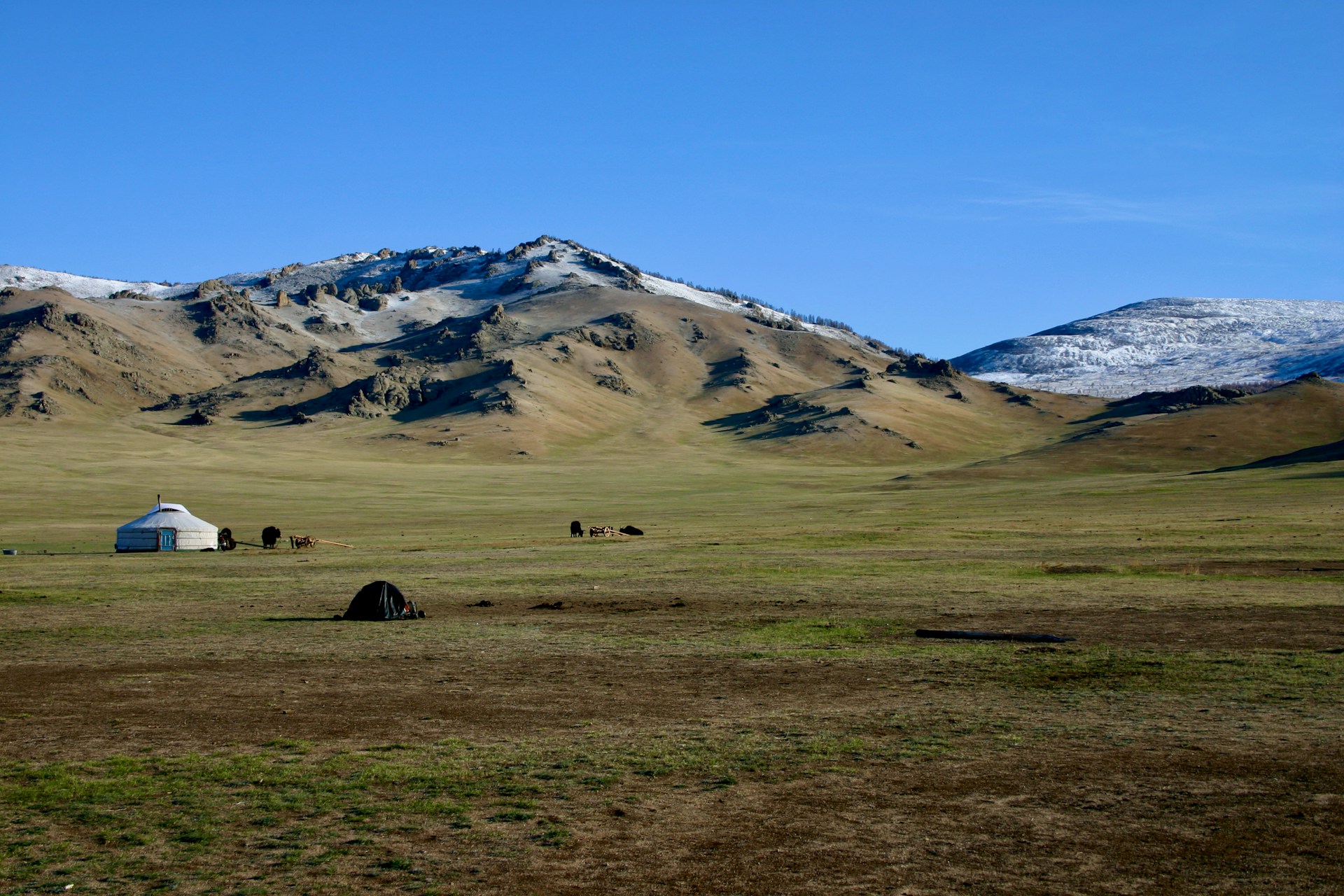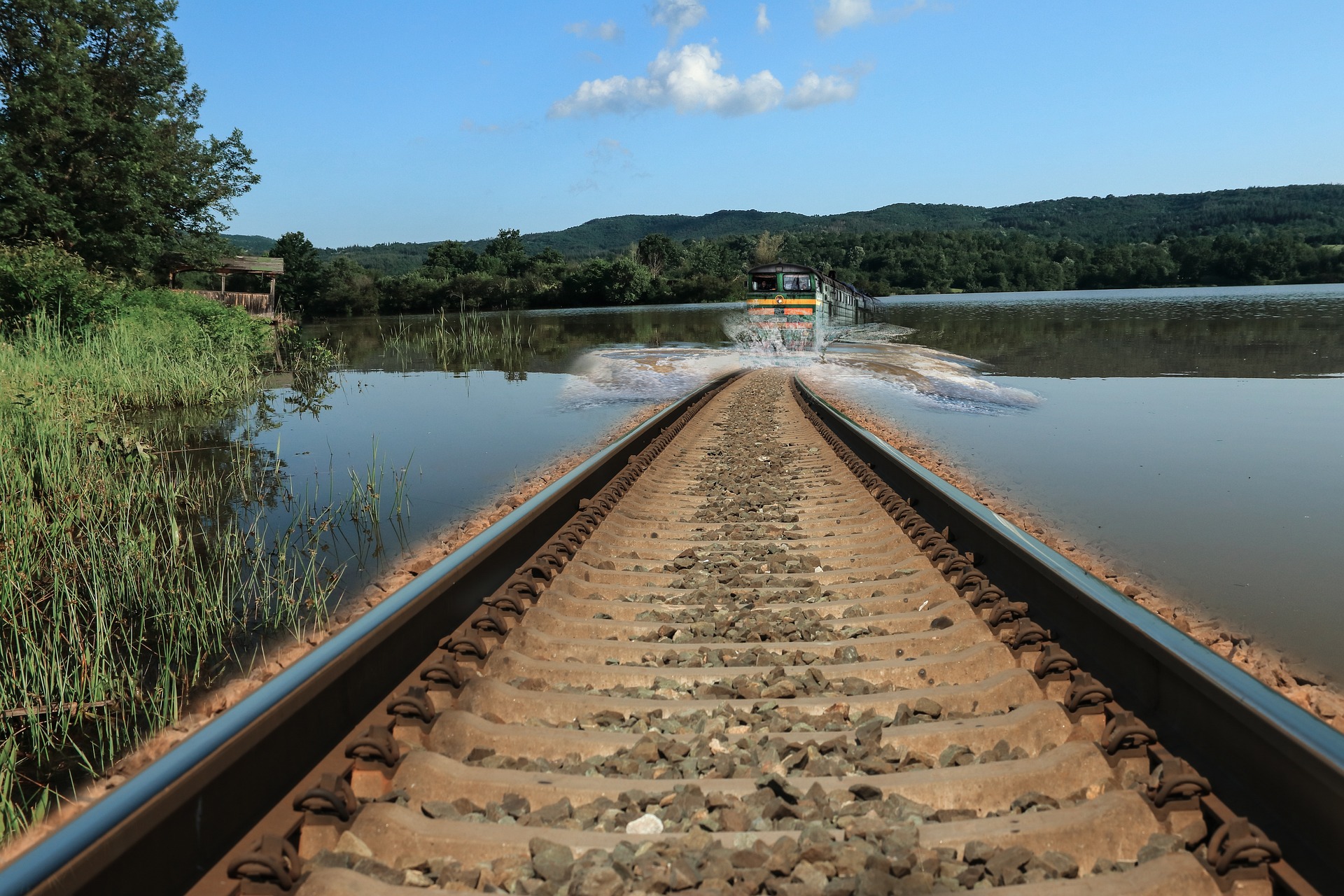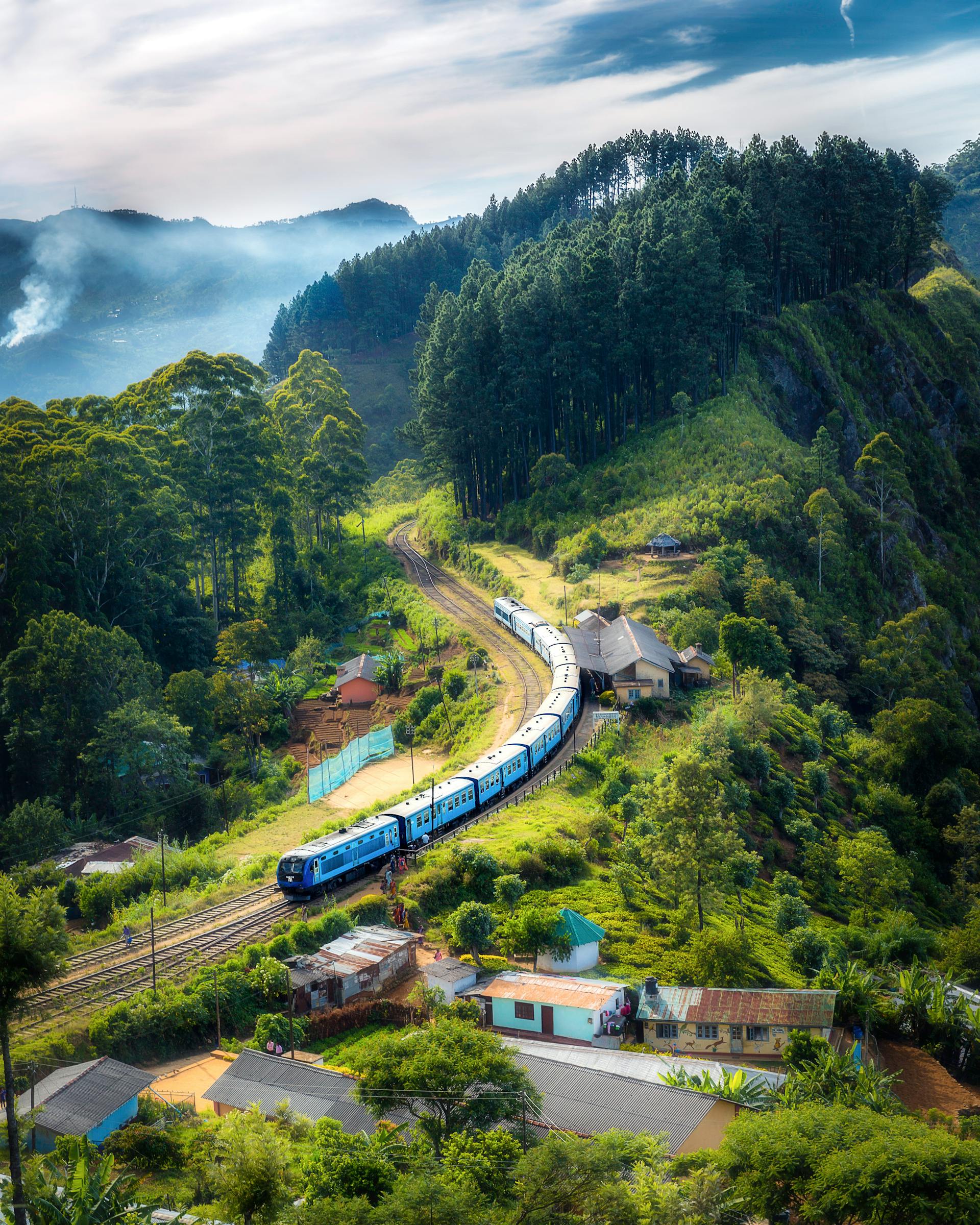Culture & Travel
25 April 2025The Master of Railways: What Makes This Route So Special?
They say airplanes count the hours, but trains slow down time. If the journey itself matters as much as the destination, then this route is exactly what you're looking for.

Starting in Lisbon, the western tip of Portugal, and stretching all the way to Singapore in Southeast Asia, this incredible train journey covers a distance of 18,755 kilometers. But what makes it truly extraordinary isn’t just the length—this Portugal-to-Singapore route is considered one of the most breathtaking train journeys in the world due to the diverse geographies it traverses.
So, what can you expect along the way? You'll discover a wide range of worlds—from Europe’s historic cities to the mystical air of Asia, and from northern forests to tropical climates. The journey begins in Portugal and continues through Spain, France, Germany, Poland, Belarus, Russia, Mongolia, China, and Thailand, before finally ending in Singapore. All you need to do is lean back and enjoy the ever-changing cinematic landscapes unfolding outside your train window.
Here’s the interesting part: this vast route is made possible through a series of connected rail lines. In other words, you don’t ride just one train—you hop from one to another across multiple countries, creating the world’s longest continuous train route.
Across Continents: From Europe to Asia in One Epic Journey

The most magical part of a train journey is that while the scenery constantly changes, the rhythm of sitting by the window remains the same. One morning you may wake up along the Atlantic shores in Lisbon, and a few days later you could be gliding across the vast steppes of Russia. Fascinating, isn’t it?
The first steps of this adventure begin in the heart of Europe. From the lavender fields of France to the structured train stations of Germany and the lush forests of Poland, the journey eases eastward in a slow, poetic rhythm.
Then comes Belarus, leading you to Moscow—the starting point of the famous Trans-Siberian Railway, which spans about 9,300 kilometers from western to eastern Russia. Along the way, you’ll witness the mesmerizing Baykal Lake, boundless snow-covered landscapes of Siberia, and rivers frozen in time.

As your train begins rolling through endless steppes, you’ll know you’ve entered Mongolia. After a cultural stop in Ulaanbaatar, the route continues south to Beijing, where the entire atmosphere transforms. Here, China’s high-speed trains take over, whisking you through the country down to the Thai border, where Bangkok greets you with its colorful train stations. And finally, the journey ends in Singapore, a green, modern, and tropical metropolis.
To experience so many languages, cultures, and landscapes on a single route is like stepping into a continent-spanning documentary. Even better, it’s possible to disembark at various stops for short explorations, offering not just views through the train window but real-life experiences on foot.
Mapping the Route: An Epic Railway Across Europe and Asia

This isn't just the world’s longest train journey in distance—it’s also a celebration of diversity. Starting in Western Europe and ending in the tropical heart of Southeast Asia, the journey blends cities, cultures, and climates into one breathtaking adventure.
📍 Sample Route Highlights:
Lisbon, Portugal
Madrid, Spain
Paris, France
Berlin, Germany
Warsaw, Poland
Minsk, Belarus
Moscow, Russia
Yekaterinburg – Novosibirsk – Irkutsk, Russia (Trans-Siberian Line)
Ulaanbaatar, Mongolia
Beijing, China
Kunming, China
Bangkok, Thailand
Kuala Lumpur, Malaysia
Singapore
Altogether, the route passes through 13 countries and dozens of cities. Each destination offers its own unique architecture, cultural flavor, and rhythm. Whether you stay on board or make stops along the way, you’re witnessing an incredibly layered journey—geographically, historically, and emotionally.
Planning Your Trip: Tips and Information for Future Travelers

As mentioned earlier, this journey isn’t completed with a single train ride. You'll need to transfer between various rail networks that operate on daily or weekly schedules in each country. With good planning, the entire trip can be completed in 21 to 25 days, but you're welcome to extend it and spend more time in each city. This isn’t a race against time—it's about moving in harmony with it.
Now let’s talk logistics. First and foremost: visas. Since you're passing through many countries, you’ll need to research entry requirements and visa procedures carefully before setting off. Some countries also require advance train reservations, and in some cases, tickets must be booked weeks in advance. Given the ever-changing languages, currencies, and cuisines, doing a bit of pre-trip research for each country is highly recommended.
Lastly, for environmentally conscious travelers, this route is a more sustainable alternative to air travel. Train travel leaves a significantly smaller carbon footprint compared to flying. It’s the perfect choice for those who want to explore the world while protecting it. Perhaps the most beautiful way to slow down, reconnect with the planet, and savor every moment lies along these tracks.

